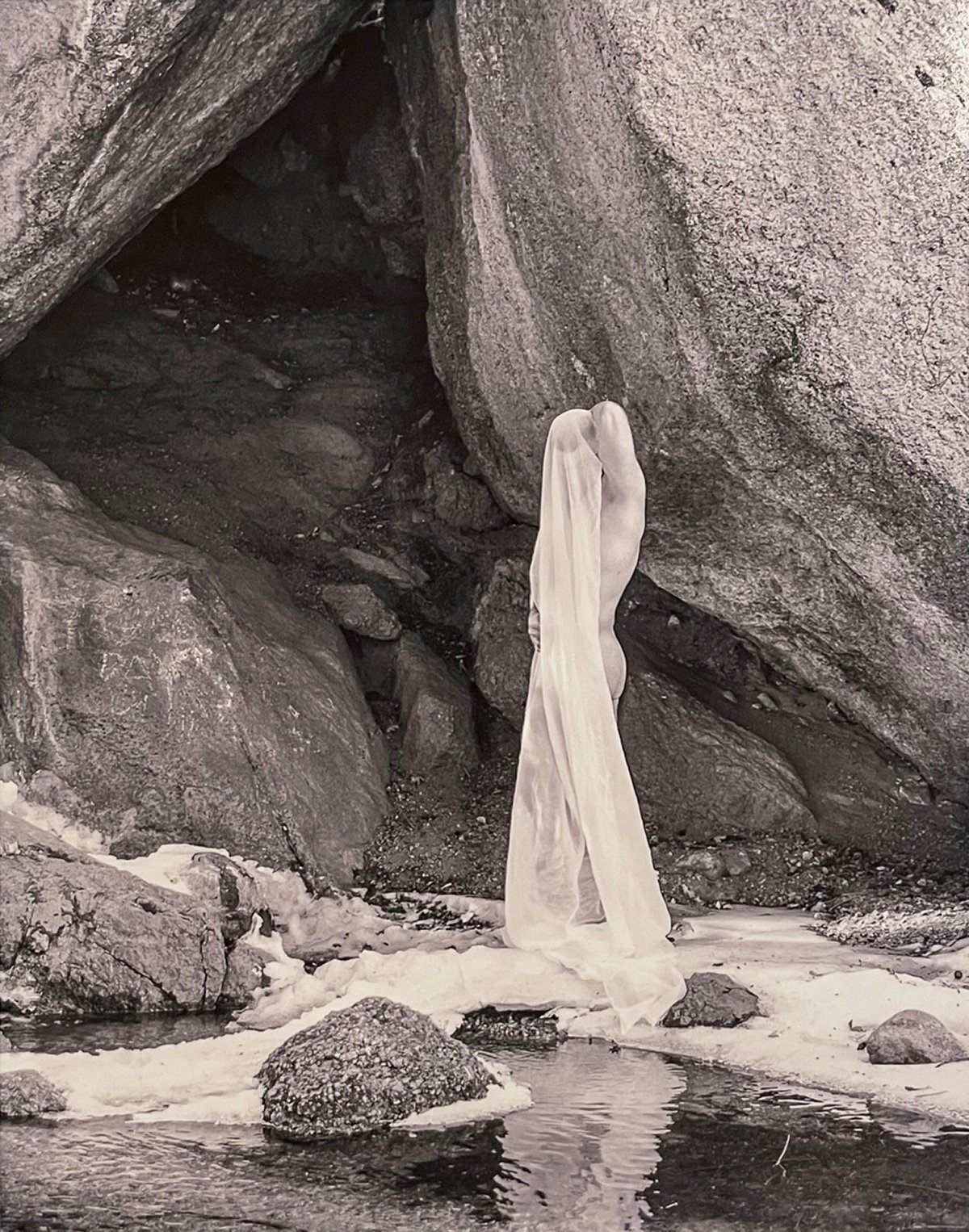Migiwa Orimo’s quietly radical exhibition ]MARGINS[, at Mariani Gallery on the campus of the University of Northern Colorado in Greeley, maps out space for the overlooked aspects of life, revealing the poignant significance of untold narratives. She pieces together society’s marginalia to dismantle commonly perceived hierarchies of value. Orimo’s materials include fabric, thread, and paper, but she also uses the spaces between spoken words, fragments of ephemera, and forgotten histories to communicate unspeakable emotions.
Welcome to DARIA: Denver Art Review, Inquiry, and Analysis, a publication devoted to art writing and criticism focused on the Denver-area visual art scene. DARIA seeks to promote diverse voices and artists while fostering critical dialogue around art.


![]MARGINS[](https://images.squarespace-cdn.com/content/v1/5dade78ef3de04278ab5b4e8/1706556791874-RM7RABP1MHJ4GM9S100G/orimo_notes45+%281%29.jpg)


















